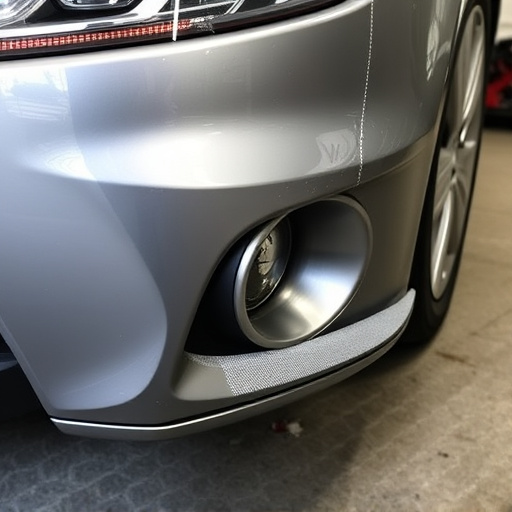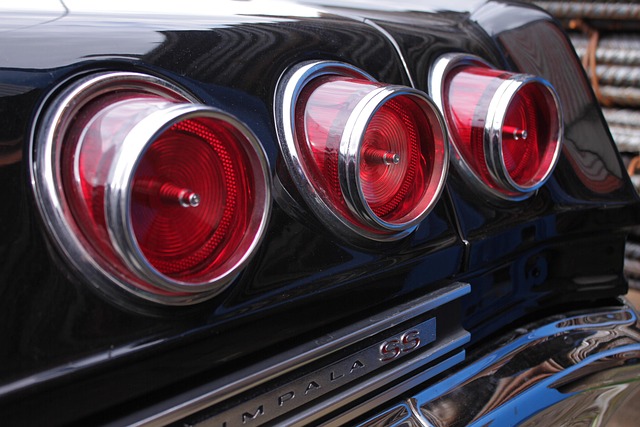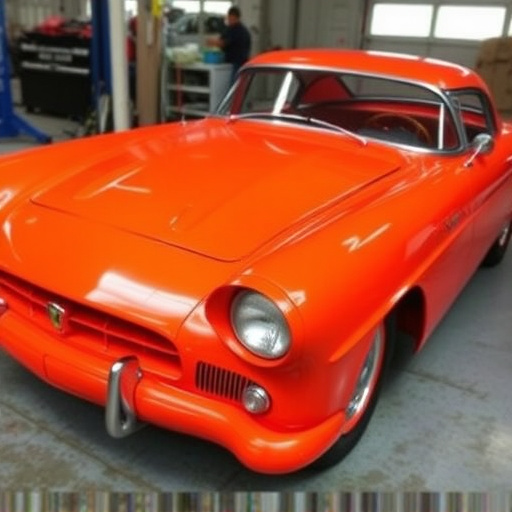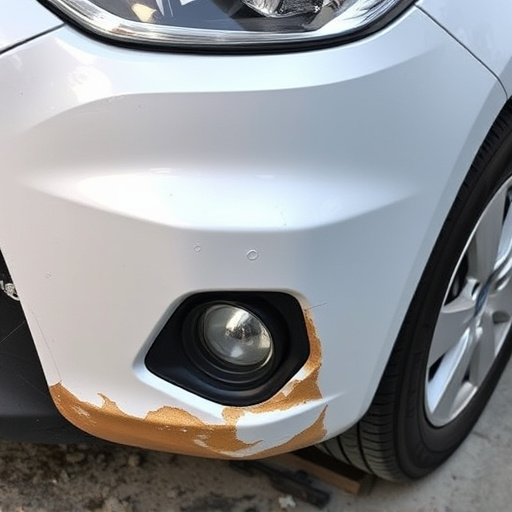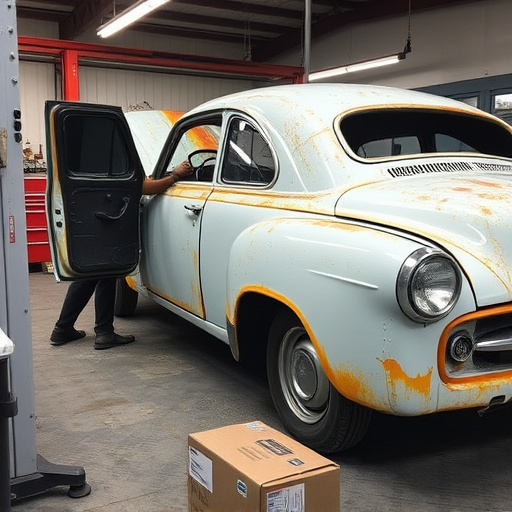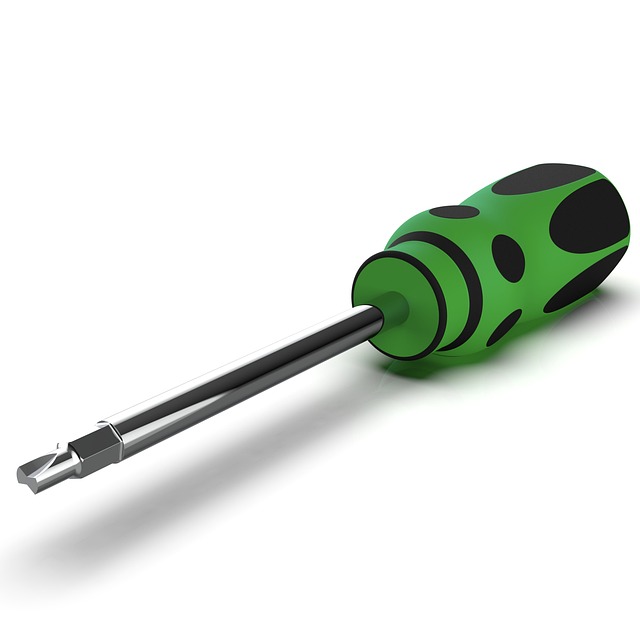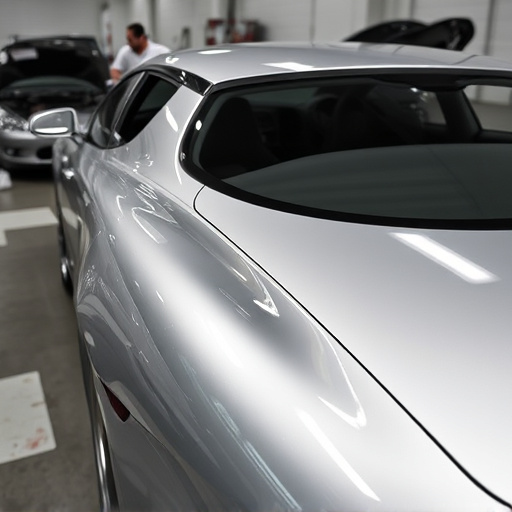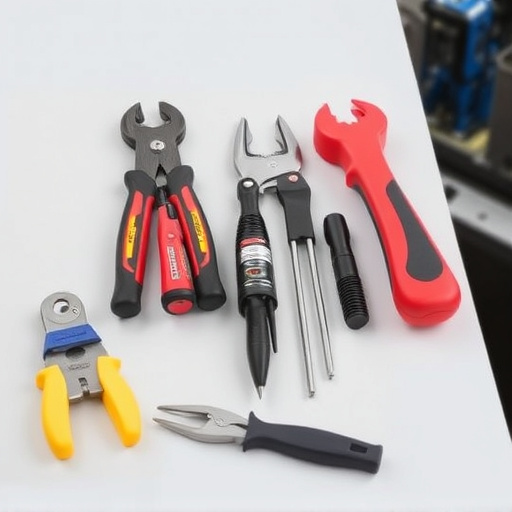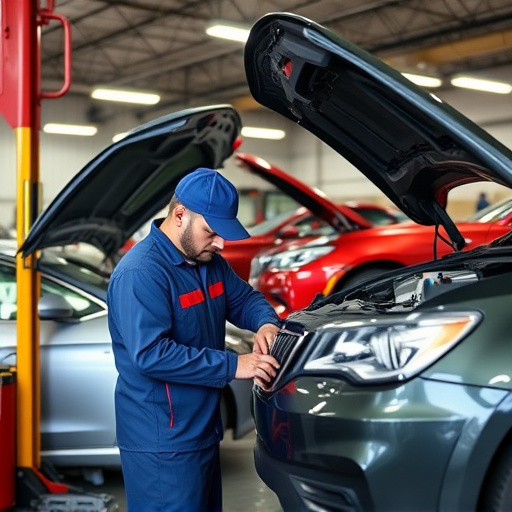Auto body moldings, crafted from materials like plastic, fiberglass, or metal using advanced manufacturing techniques, are vital for both aesthetic enhancement and structural integrity in vehicle repairs. They meet industry standards through rigorous testing and certification, ensuring precise accuracy and seamless integration with collision centers' work. High-quality moldings not only improve a car's appearance but also serve as protective barriers against impact and road debris, contributing to the longevity of a vehicle's exterior.
Auto body moldings, essential components of modern vehicles, play a pivotal role in defining aesthetics and structural integrity. This article explores the intricate world of auto body moldings, delving into their materials, manufacturing processes, and the stringent industry standards they must meet. We uncover how high-quality moldings not only enhance vehicle beauty but also contribute to durability, ensuring drivers’ safety and satisfaction. Understanding these components is crucial for automotive enthusiasts and professionals alike.
- Understanding Auto Body Moldings: Materials and Manufacturing Processes
- Ensuring Quality: Industry Standards and Certification for Auto Body Moldings
- The Impact of High-Quality Moldings on Vehicle Aesthetics and Durability
Understanding Auto Body Moldings: Materials and Manufacturing Processes

Auto body moldings play a crucial role in shaping and defining a vehicle’s exterior aesthetics. These intricate components are not merely for cosmetic appeal; they contribute significantly to structural integrity as well, especially in cases of auto frame repair and car repair services. The manufacturing process involves precise techniques and materials selection to ensure quality and durability.
Various materials like plastic, fiberglass, and metal are used depending on the specific molding application. Advanced manufacturing processes such as injection molding, rotational molding, and vacuum forming are employed to create these moldings. These processes ensure consistent accuracy and seamless integration with auto collision centers’ repair work. The outcome is a robust, visually appealing, and safe vehicle exterior, underscoring the importance of high-quality auto body moldings in modern car repair services.
Ensuring Quality: Industry Standards and Certification for Auto Body Moldings
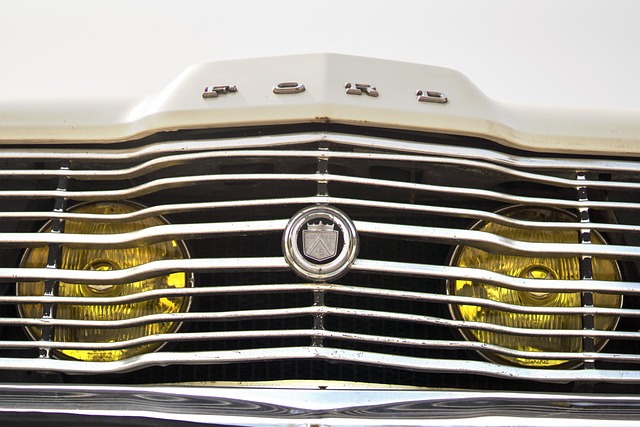
In the competitive automotive industry, auto body moldings play a significant role in both aesthetics and functionality. Ensuring quality is paramount to meet industry standards and customer expectations. The process begins with rigorous testing and certification to guarantee that each molding component meets or exceeds predefined specifications. These standards cover material composition, dimensional accuracy, and structural integrity, among other critical factors.
Industry certifications, such as those from reputable automotive associations, validate the quality and safety of auto body moldings. Manufacturers must adhere to stringent guidelines throughout the production process, from raw material selection to final assembly, to earn these certifications. This commitment ensures that vehicle repair, auto body work, and car paint repair involving these moldings are performed with reliable, high-quality components, ultimately enhancing the overall performance and longevity of vehicles.
The Impact of High-Quality Moldings on Vehicle Aesthetics and Durability

High-quality auto body moldings play a pivotal role in enhancing vehicle aesthetics and durability. These intricate components, often overlooked, contribute significantly to a car’s overall appearance and structural integrity. When meticulously crafted, moldings add a refined touch to a vehicle’s design, ensuring seamless fit and finish. They seamlessly integrate with the car’s curves and edges, providing a sleek and polished look that captivates onlookers.
Beyond aesthetics, top-tier moldings are crucial for safeguarding against future damage. Acting as protective barriers, they safeguard vulnerable areas from impact and road debris during collisions or minor dents, such as those requiring mercedes benz repair. By withstanding these incidents without compromising structural integrity, high-quality moldings contribute to the longevity of a vehicle’s exterior—a key aspect in collision repair—ensuring it retains its beauty and value over time.
Auto body moldings, integral components of vehicle design, significantly enhance both aesthetics and durability. By adhering to stringent industry quality standards, manufacturers ensure these moldings meet high performance benchmarks. Understanding the materials and manufacturing processes behind them is crucial, as it enables consumers to appreciate their role in creating vehicles with superior appearance and longevity. High-quality auto body moldings are not just about visual appeal; they also contribute to better structural integrity, ensuring safety and reliability on the road.
